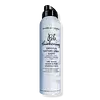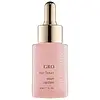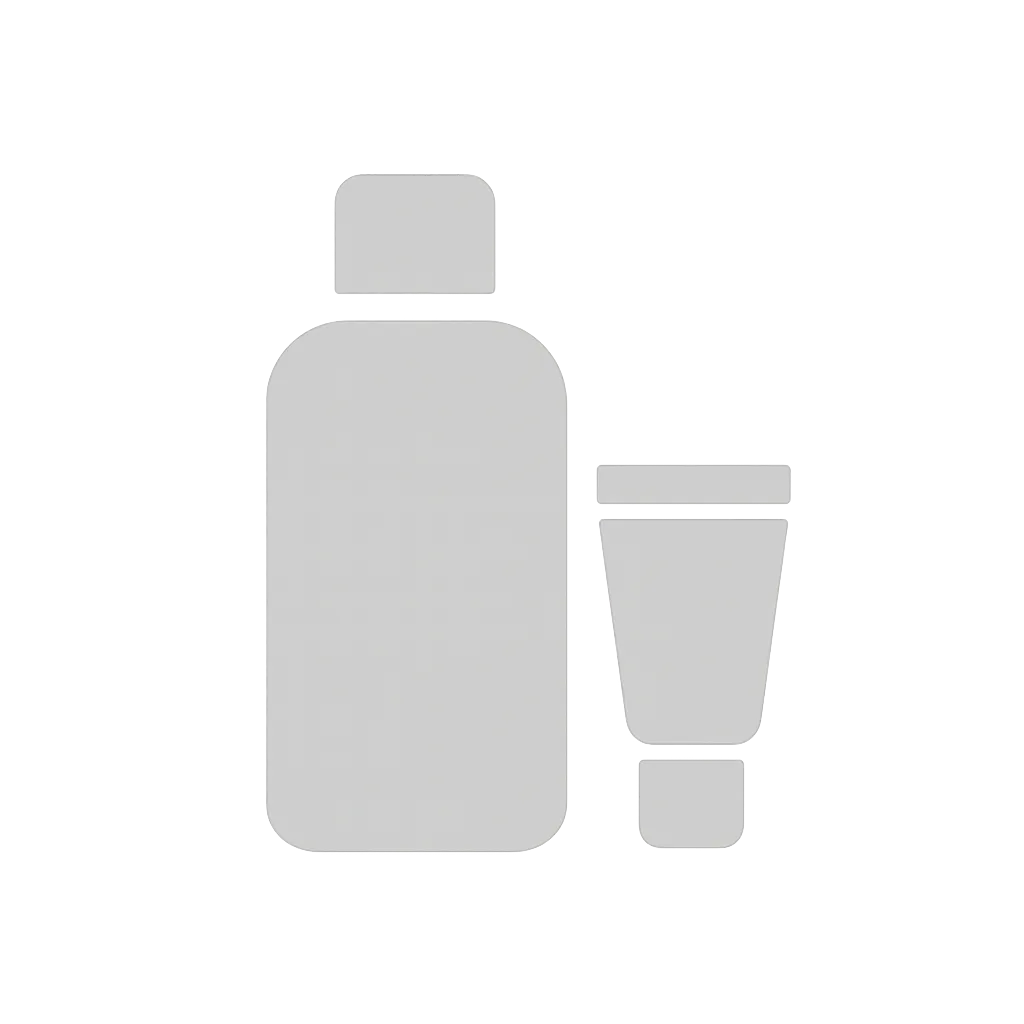What's inside
What's inside
 Key Ingredients
Key Ingredients

 Benefits
Benefits

 Concerns
Concerns

 Ingredients Side-by-side
Ingredients Side-by-side

Hydrofluorocarbon 152a
Alcohol Denat.
AntimicrobialButane
Butylene Glycol
HumectantVp/Va Copolymer
Isohexadecane
EmollientIsobutane
Carthamus Tinctorius Seed Oil
MaskingPrunus Amygdalus Dulcis Oil
Skin ConditioningMacadamia Ternifolia Seed Oil
EmollientArgania Spinosa Kernel Oil
EmollientVitis Vinifera Seed Oil
EmollientCocos Nucifera Oil
MaskingVitis Vinifera Seed Extract
AntimicrobialGardenia Taitensis Flower Extract
Skin ConditioningSilk Powder
Skin ConditioningAmp-Isostearoyl Hydrolyzed Wheat Protein
CleansingPanthenol
Skin ConditioningWater
Skin ConditioningEthylhexyl Methoxycinnamate
UV AbsorberButyl Methoxydibenzoylmethane
UV AbsorberParfum
MaskingLinalool
PerfumingLimonene
PerfumingHexyl Cinnamal
PerfumingHydroxycitronellal
PerfumingHydrofluorocarbon 152a, Alcohol Denat., Butane, Butylene Glycol, Vp/Va Copolymer, Isohexadecane, Isobutane, Carthamus Tinctorius Seed Oil, Prunus Amygdalus Dulcis Oil, Macadamia Ternifolia Seed Oil, Argania Spinosa Kernel Oil, Vitis Vinifera Seed Oil, Cocos Nucifera Oil, Vitis Vinifera Seed Extract, Gardenia Taitensis Flower Extract, Silk Powder, Amp-Isostearoyl Hydrolyzed Wheat Protein, Panthenol, Water, Ethylhexyl Methoxycinnamate, Butyl Methoxydibenzoylmethane, Parfum, Linalool, Limonene, Hexyl Cinnamal, Hydroxycitronellal
Water
Skin ConditioningButylene Glycol
HumectantGlycerin
HumectantAlcohol Denat.
AntimicrobialPolyglyceryl-10 Laurate
Skin ConditioningCaffeine
Skin ConditioningCurcuma Longa Callus Conditioned Media
Skin ConditioningCitrus Bergamia Peel Oil Expressed
PerfumingSodium Phytate
Pentylene Glycol
Skin ConditioningLimonene
PerfumingCitric Acid
BufferingSodium Benzoate
MaskingPotassium Sorbate
PreservativeLactic Acid
BufferingTrifolium Pratense/Vigna Radiata) Sprout Extract
AntioxidantLinalool
PerfumingSodium Hydroxide
BufferingBiotin
AntiseborrhoeicAlcohol
AntimicrobialPhytic Acid
Linalyl Acetate
MaskingPinene
MaskingNicotiana Benthamiana Octapeptide-30 Sh-Oligopeptide-2
Skin ConditioningNicotiana Benthamiana Hexapeptide-40 Sh-Polypeptide-9
Nicotiana Benthamiana Hexapeptide-40 Sh-Polypeptide-86
Water, Butylene Glycol, Glycerin, Alcohol Denat., Polyglyceryl-10 Laurate, Caffeine, Curcuma Longa Callus Conditioned Media, Citrus Bergamia Peel Oil Expressed, Sodium Phytate, Pentylene Glycol, Limonene, Citric Acid, Sodium Benzoate, Potassium Sorbate, Lactic Acid, Trifolium Pratense/Vigna Radiata) Sprout Extract, Linalool, Sodium Hydroxide, Biotin, Alcohol, Phytic Acid, Linalyl Acetate, Pinene, Nicotiana Benthamiana Octapeptide-30 Sh-Oligopeptide-2, Nicotiana Benthamiana Hexapeptide-40 Sh-Polypeptide-9, Nicotiana Benthamiana Hexapeptide-40 Sh-Polypeptide-86
Ingredients Explained
These ingredients are found in both products.
Ingredients higher up in an ingredient list are typically present in a larger amount.
Alcohol Denat. is an alcohol with a denaturant property. It is created by mixing ethanol with other additives.
This ingredient gets a bad rep because it is irritating and drying - mostly due to its astringent property. Astringents draw out natural oils in tissue, constricting pores and leaving your skin dried out.
However, alcohol denat. is not all that bad.
Due to its low molecular weight, alcohol denat. tends to evaporate quickly. One study on pig skin found half of applied alcohol evaporated in 10 seconds and less than 3% stayed on skin.
This also helps other ingredients become better absorbed upon application.
Studies are conflicted about whether this ingredient causes skin dehydration. One study from 2005 found adding emollients to propanol-based sanitizer decreased skin dryness and irritation. Another study found irritation only occurs if your skin is already damaged.
Small amounts of alcohol are generally tolerated by oily skin or people who live in humid environments.
The rule of thumb is if this alcohol is near the end of an ingredients list, it will probably not affect your skin much.
Also...
This ingredient has antimicrobial and solvent properties.
The antimicrobial property helps preserve products and increase their shelf life. As a solvent, it helps dissolve other ingredients.
Other types of astringent alcohols include:
Learn more about Alcohol Denat.Butylene Glycol (or BG) is used within cosmetic products for a few different reasons:
Overall, Butylene Glycol is a safe and well-rounded ingredient that works well with other ingredients.
Though this ingredient works well with most skin types, some people with sensitive skin may experience a reaction such as allergic rashes, closed comedones, or itchiness.
Learn more about Butylene GlycolLimonene is a fragrance that adds scent and taste to a formulation.
It's found in the peel oil of citrus fruits and other plants such as lavender and eucalyptus. The scent of limonene is generally described as "sweet citrus".
Limonene acts as an antioxidant, meaning it helps neutralize free radicals.
When exposed to air, oxidized limonene may sensitize the skin. Because of this, limonene is often avoided by people with sensitive skin.
The term 'fragrance' is not regulated in many countries. In many cases, it is up to the brand to define this term. For instance, many brands choose to label themselves as "fragrance-free" because they are not using synthetic fragrances. However, their products may still contain ingredients such as essential oils that are considered a fragrance.
Learn more about LimoneneLinalool is a fragrance and helps add scent to products. It's derived from common plants such as cinnamon, mint, citrus, and lavender.
Like Limonene, this ingredient oxidizes when exposed to air. Oxidized linalool can cause allergies and skin sensitivity.
This ingredient has a scent that is floral, spicy tropical, and citrus-like.
Learn more about LinaloolWater. It's the most common cosmetic ingredient of all. You'll usually see it at the top of ingredient lists, meaning that it makes up the largest part of the product.
So why is it so popular? Water most often acts as a solvent - this means that it helps dissolve other ingredients into the formulation.
You'll also recognize water as that liquid we all need to stay alive. If you see this, drink a glass of water. Stay hydrated!
Learn more about Water